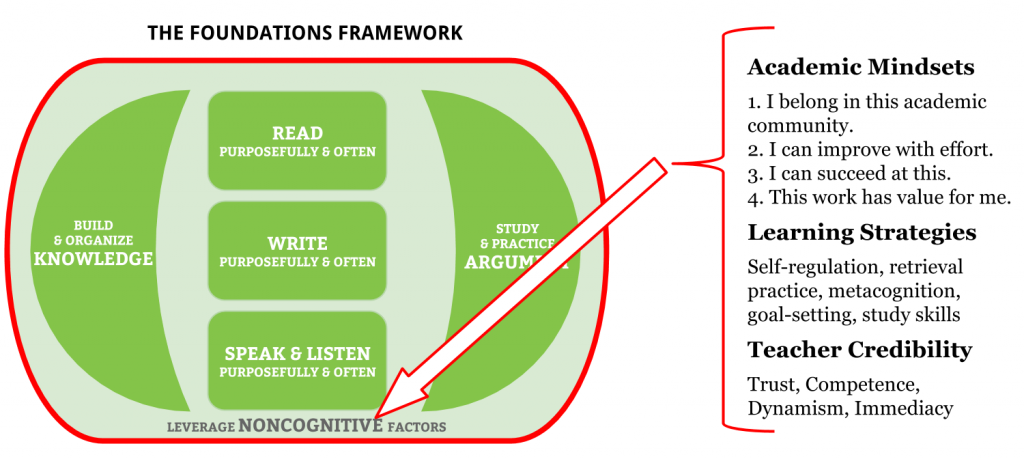In January of this year, “billionaire buddies” Warren Buffett and Bill Gates held a Q&A session at Columbia University. At the 5:08 mark, the moderator asks, “What quality has been most important for you?” They both answered with the same thing: curiosity.
Here is how Gates defines curiosity in the interview: “You try and predict what's gonna happen, and when it doesn't… what is it about my model of the world that's wrong? Who could I talk to, who could I read?”
So whether you like Gates and Buffett or not, and whether your goal is to create students who wind up billionaires or not, it's hard to argue that this kind of curiosity — unforced, self-examining, failure-owning, problem-exploring — is something we want all of our students to have. Is there any spouse, parent, student, or worker who wouldn't be better off with this “predict, try, analyze, learn, grow” kind of curiosity? This isn't idly wandering the Internet in search of learning: it's focused and timely — something I describe to my students as productive curiosity.
The Foundations Framework contains the essence of productive curiosity in its Noncognitive Factors layer (Figure 1) — it's the layer beneath the other two.

When a credible teacher describes productive curiosity to her students, they listen. When we build learning environments where students can “try out” the beliefs that their effort leads to improvement, that success at a challenging task is possible, that the work we do is valuable, that mindsets go from being ideas at the head level — most students and teachers today are intellectually familiar with growth mindset — to operational beliefs at the heart level. (I've written on the challenging journey from head to heart here.)
And all of this can happen in any kind of classroom in the world: flashy or non-flashy, high-tech or low-tech, whole-class novels or choice-reading only, and so on. Don't confuse the top layers — the ones we tend to focus our professional development on, the ones we tend to debate in the department meetings — as the most important ones. The ordering of the layers in the Foundations Framework above is important. Every teacher can work toward making his or her students more productively curious. It need not entail a curricular overhaul.
Leave a Reply